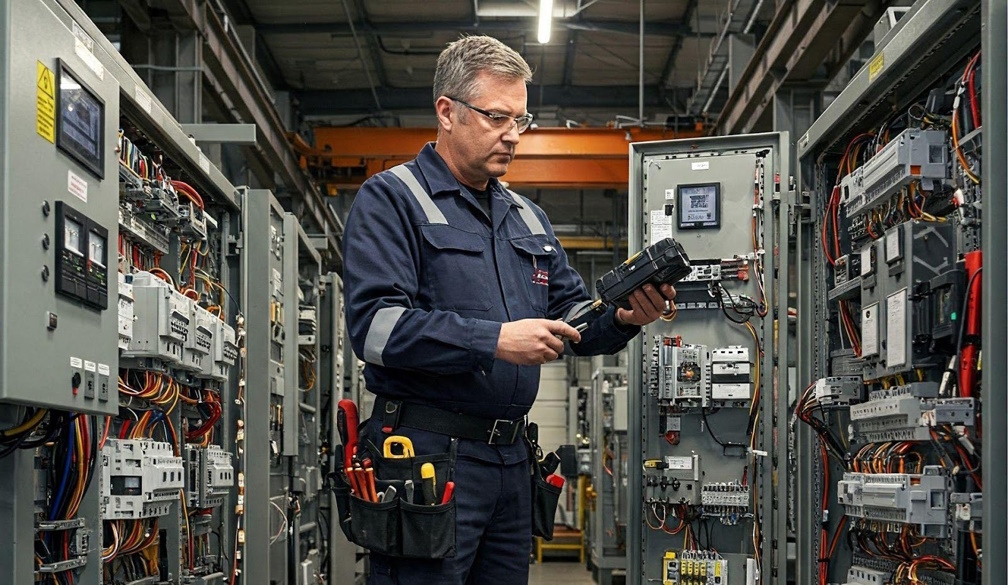The world’s economic crisis-fighting mechanisms are dangerously inadequate
- Written by Adam Triggs, Research fellow, Australian National University
It was only in January that the International Monetary Fund (IMF) was celebrating the strength of the global economy, heralding “the broadest synchronised global growth upsurge since 2010”.
How quickly things have changed.
Argentina has since sought a bailout from the IMF, Turkey is facing a potential currency crisis, Indonesia is seeing investors flee, alarm bells are sounding for Italy and Spain, China’s debt remains a serious concern, and the only thing more uncertain than the fallout from Brexit is the outcome of Donald Trump’s trade war.
It’s time to review the world’s capacity to respond to crises.
Read more: Vital Signs: Italy is broke, and the markets have lost all faith in its elected politicians
The “global financial safety net” refers to the mishmash of global, regional and bilateral institutions and mechanisms designed to help countries facing economic and financial crises and to prevent these problems from spreading.
The most well-known institution is the IMF, which has around US$1 trillion in crisis-fighting resources. The World Bank, with around US$263 billion, has provided assistance in previous crises.
There is also a range of regional mechanisms, such as Asia’s Chiang Mai Initiative Multilateralisation agreement (with US$240 billion) and the European Stability Mechanism (with US$600 billion). Bilateral currency swap arrangements, under which one country’s central bank can exchange its currency for that of another, are also an important part of the safety net.
Make no mistake, the safety net is big. In total it has about US$4.6 trillion in crisis-fighting firepower, seven times what it was in 1980. But this large number can be misleading and, as I argue in a recent working paper at Brookings, is both inadequate and causing a dangerous sense of complacency.
First, not all of this money is immediately available. Some of it is tied up in existing programs (such as in Greece) and central bank governors interviewed for my research (including former US Federal Reserve chairs Janet Yellen and Ben Bernanke, and current Reserve Bank of Australia governor Philip Lowe) warned that many currency swap lines would not be made available during a crisis. This shrinks the safety net to US$2.5 trillion.
Second, not all resources are available to all countries. The European Stability Mechanism won’t help you if you live in Latin America. And if your country wasn’t offered a swap line with a major central bank, well, that’s tough luck.
The size of the safety net depends entirely on the country. It is twice as large for some G20 countries as for others, or four times as large if you include foreign exchange reserves (which are more accurately described as domestic resources rather than part of the global safety net).
This fragmentation has made the safety net patchier, slower and less consistent, making crises costlier. Many countries have fallen between the cracks, particularly emerging economies such as Turkey and Argentina, which don’t have strong institutions or resilient capital markets like the ones operating in the United States, Canada or Australia.
Read more: The G20’s economic leadership deficit
Recent research has sought to assess the safety net’s adequacy by exploring what crises might occur in the future. But instead of trying to predict these things, I pose a simple question: can the safety net provide at least the same level of support today that has been required of it in the past?
To find out, I war-gamed three regional crises – the Asian financial crisis, the European debt crisis and the Latin American debt crisis – and six country-specific crises in Argentina, Turkey, Ecuador, Russia, Mexico and Chile. While financial systems are more resilient today than they were back then, my analysis produced some alarming results.
While the safety net works well for country-specific crises, it struggles to cope with widespread shocks. Providing the same level of support today that was provided during the Asian financial crisis would exhaust all currency swap lines, all regional mechanisms, all regional development banks and the entire World Bank, and would require exceptional access to the IMF’s resources. If the European debt crisis occurred today, the entire global financial safety net would be exhausted.
Second, most crises now require access to multiple components of the safety net. The IMF is no longer capable of providing assistance alone. Countries increasingly rely on regional mechanisms which, in Asia, have never been tested and, in Latin America, are small.
Third, despite the growth in non-global resources, countries often still have to go to the IMF. This means there must be seamless co-ordination of multiple institutions during a crisis, something the IMF warns (and recent history shows) is a “very strong assumption”.
Finally, most of these results hold even when foreign exchange reserves are included. There are also many alarming developments on the horizon. Foreign exchange reserves are declining, particularly in China, and the IMF’s resources will halve by 2022 unless the US Congress approves extra funding and countries like China agree to reloan the IMF money, despite getting no additional voting power. The 63 policymakers I interviewed suggest that neither is likely.
Read more: Vital Signs: how likely is another financial crisis? It comes down to what we believe
In the short term, countries must to bolster the IMF’s temporary resources and strengthen co-operation between safety-net institutions. Central banks must clarify whether swap lines are available in a crisis and, where possible, extend them to cover more economies.
In the long term, the IMF’s centrality in the safety net must be reaffirmed. It needs larger, permanent funding and more flexible lending arrangements.
The lead-up to the 2008 crisis was characterised by a dangerous sense of complacency. That complacency should not be allowed to take hold again.
Authors: Adam Triggs, Research fellow, Australian National University



















